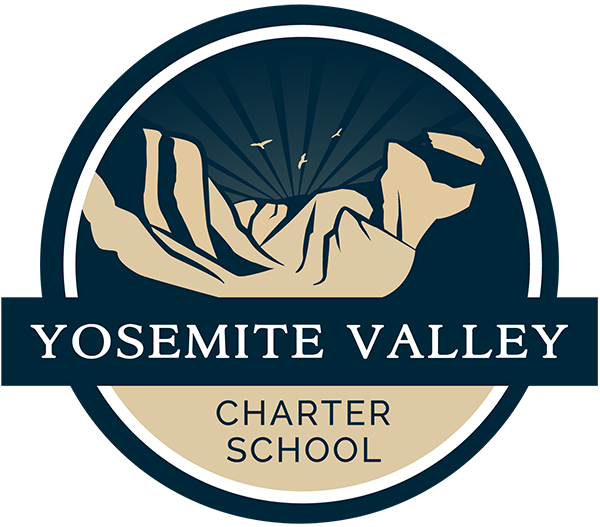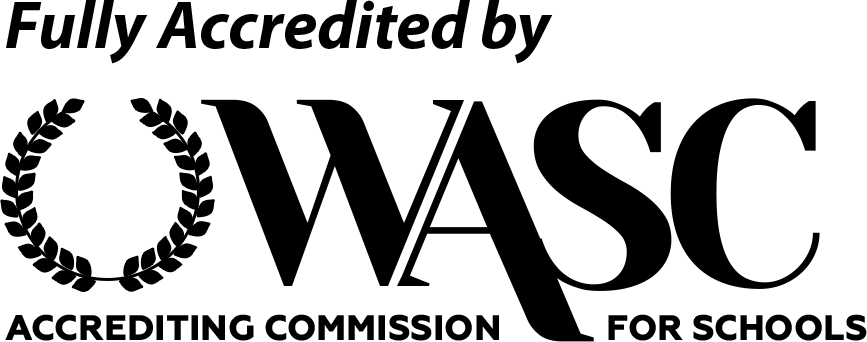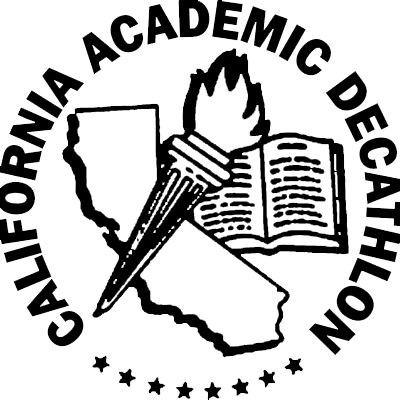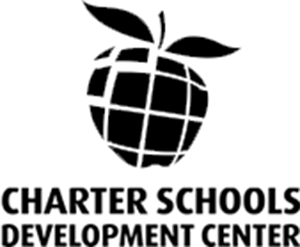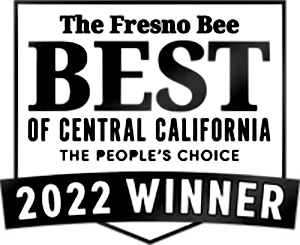English Learner Resources
English-language learners, or ELLs, are students who are unable to communicate fluently or learn effectively in English, who often come from non-English-speaking homes and backgrounds, and who typically require specialized or modified instruction in both the English language and in their academic courses.
Frequently Asked Questions
ELD stands for English Language Development. Each school in California will have a program in place to support the English development of their EL students.
What are the requirements for my student?
The California Code of Regulations section 11300(a) states that designated English language development is “instruction provided during a time set aside in the regular school day.” Designated ELD is part of the core curriculum, which is taught during an instructional day. Your student will attend ELD Launchpad Classes. Classes are held twice a week for 50 minutes. Attendance and homework are required as per ELD protocols.
ELD Curriculum Resources
| ELD Curriculum Parent Portal |  |
| BrainPop ELL |  |
Choosing Your ELD Learning Path
California English Language Learner Standards
Click Here to Access CA ELD Standards
English Language Learners & Reclassification
Students in kindergarten through grade twelve whose home language is not English are required by law to take an English skills test. In California, the test is called the ELPAC (English Language Proficiency Assessment California).
This test helps schools identify students who need to improve their skills in listening, speaking, reading, and writing in English. Schools also give the test each year to students who are still learning English.
Reclassification Requirements
Under the State’s reclassification criteria established in 2014-15, English Learners must adhere to the requirements below:
Reclassification Policy, Criteria, and Process:
- The EL Coordinator, in conjunction with teacher input, will specifically evaluate students who are potentially qualified for reclassification. This will occur upon release of ELPAC scores by the state.
- Per California Department of Education recommendations and requirements, EL Reclassification will be based on the following four criteria:
- English Language Proficiency Assessment for California (ELPAC): The student must achieve an Overall Performance Level (PL) 4 on the Summative ELPAC for grades K-12 or Overall Performance Level (PL) 3 on the Alternate ELPAC for grades K-12.
- Teacher Evaluation: The student must receive English Language Arts progress report card mark of Meets Expectations or higher, or English grade of C or higher. The teacher may provide additional data including student work or Ed Plan completion in ELA to support reclassification recommendation.
- Parent Opinion and Consultation: Parent is consulted via the Parent Notification Letter of Reclassification. See Appendix 4.
- Grade-level Basic Skills Assessment: EL student’s performance level in basic skills assessment will be compared with that of English Proficient peers. The Star Reading (K-12) or Star Early Literacy (grades K-1 only) or the ELA Smarter Balanced Assessment (3-8, 11) will be used to determine whether EL students meet academic measures and are ready to be reclassified. The minimum requirements for criterion 4 are available upon request and are detailed in the YVC Master Plan.
English Learner Advisory Committee
Each California Public School from kindergarten through grade 12, with 21 or more English learners must form a functional English Learner Advisory Committee (ELAC). The ELAC is a committee for parents or other community members who want to advocate for English Learners.
The purpose of ELAC is to advise the principal and school staff on programs and services for English learners and the School Site Council (SSC). ELAC also assists the school on other tasks listed below:
- The school’s program for English learners.
- The school’s needs assessment.
- The school’s annual language census or R-30.
- Efforts to make parents aware of the importance of regular school attendance
If you have any questions, please reach out to your teacher or el@centralvcs.org. We are always here for you and happy to help.
EL Informational Newsletter Online Resource List
